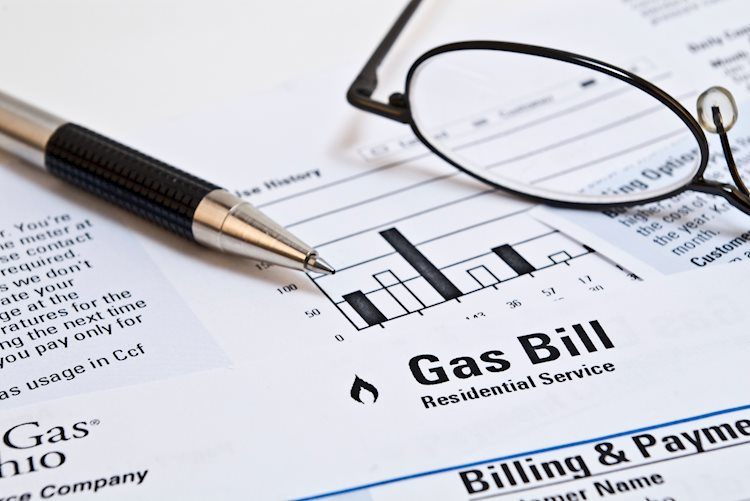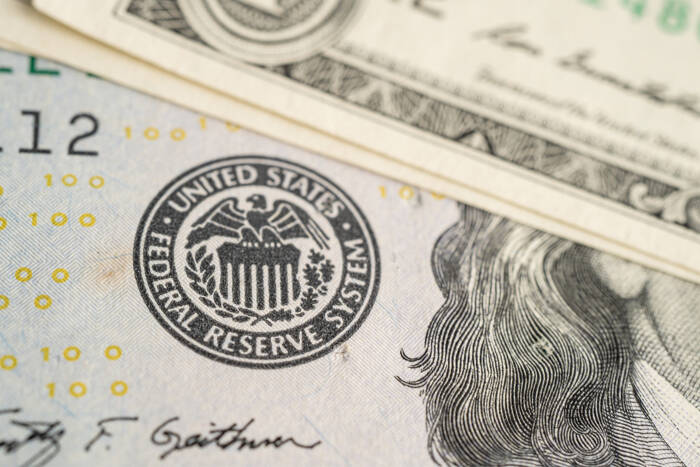Traders are selling Gas contracts with a stronger US Dollar killing off global economic recovery.
The US Dollar Index snaps March’s peak and rallies to test February’s highs.
Natural Gas (XNG/USD) sank below $1.80 on Thursday after prices already slid by more than 3% on Wednesday. The move came in tandem with a stronger US Dollar after US Federal Reserve official Christopher Waller pushed back against the possibility of interest-rate cuts for June. This came as a cold shower to markets, which were counting on that June rate cut for a boost in the economy and thus a boost in demand.
The DXY US Dollar Index jumped on the back of these comments to a fresh high for March. The 104.60 level, which was a line in the sand, was broken on Thursday ahead of US Gross Domestic Product’s final reading for Q4 and the Personal Consumption Expenditures Price Index (PCE) on Friday.
Natural Gas is trading at $1.78 per MMBtu at the time of writing.
A decline in China’s LNG inventories is becoming rather bad news for Gas prices, with Chinese buyers commenting to Bloomberg that they are awaiting a further decline in prices before considering refilling current drawdown levels.
Japanese electricity generator Jera Co. is conducting planned outages at its gas-fueled plants in an effort to conserve liquefied natural gas after bad weather causes delays in LNG deliveries in the Tokyo Bay area.
ANZ Bank revised its outlook for European gas prices to a further uprising with ongoing attacks between Russia and Ukraine on gas storage facilities creating the ideal situation for an energy crunch.
The Energy Information Administration (EIA) will release around 14:30 GMT the weekly gas storage numbers. Previous was a build of 7 billion cubic feet, and a draw of 28 billion cubic feet is expected for this week.
Natural Gas prices are taking a turn for the worse, sinking below $1.80 after a mixture of elements quickly made sentiment turn 180 degrees after the uprising on Tuesday. It was Fed’s Waller though who confirmed what markets were already thinking: those anticipated rate cuts are not going to come that quickly. This dampens hopes for a quick economic recovery and more growth potential, with thus demand being capped and even being revised to the downside. Further downside pressure is possible with the heating season ending and the summer lull in Gas markets ahead.
On the upside, the key $1.97 level needs to be regained first, with the 55-day Simple Moving Average (SMA) coming in as well. The next key mark is the historic pivotal point at $2.13. Should Gas prices pop up in that region, a broad area opens up with the first cap at the red descending trend line near $2.21.
On the downside, multi-year lows are still nearby with $1.65 as the first line in the sand. This year’s low at $1.60 needs to be kept an eye on as well. Once a new low for the year is printed, traders should look at $1.53 as the next supportive area.
Natural Gas: Daily Chart
Supply and demand dynamics are a key factor influencing Natural Gas prices, and are themselves influenced by global economic growth, industrial activity, population growth, production levels, and inventories. The weather impacts Natural Gas prices because more Gas is used during cold winters and hot summers for heating and cooling. Competition from other energy sources impacts prices as consumers may switch to cheaper sources. Geopolitical events are factors as exemplified by the war in Ukraine. Government policies relating to extraction, transportation, and environmental issues also impact prices.
The main economic release influencing Natural Gas prices is the weekly inventory bulletin from the Energy Information Administration (EIA), a US government agency that produces US gas market data. The EIA Gas bulletin usually comes out on Thursday at 14:30 GMT, a day after the EIA publishes its weekly Oil bulletin. Economic data from large consumers of Natural Gas can impact supply and demand, the largest of which include China, Germany and Japan. Natural Gas is primarily priced and traded in US Dollars, thus economic releases impacting the US Dollar are also factors.
The US Dollar is the world’s reserve currency and most commodities, including Natural Gas are priced and traded on international markets in US Dollars. As such, the value of the US Dollar is a factor in the price of Natural Gas, because if the Dollar strengthens it means less Dollars are required to buy the same volume of Gas (the price falls), and vice versa if USD strengthens.
Share:
Feed news
Information on these pages contains forward-looking statements that involve risks and uncertainties. Markets and instruments profiled on this page are for informational purposes only and should not in any way come across as a recommendation to buy or sell in these assets. You should do your own thorough research before making any investment decisions. FXStreet does not in any way guarantee that this information is free from mistakes, errors, or material misstatements. It also does not guarantee that this information is of a timely nature. Investing in Open Markets involves a great deal of risk, including the loss of all or a portion of your investment, as well as emotional distress. All risks, losses and costs associated with investing, including total loss of principal, are your responsibility. The views and opinions expressed in this article are those of the authors and do not necessarily reflect the official policy or position of FXStreet nor its advertisers. The author will not be held responsible for information that is found at the end of links posted on this page.
If not otherwise explicitly mentioned in the body of the article, at the time of writing, the author has no position in any stock mentioned in this article and no business relationship with any company mentioned. The author has not received compensation for writing this article, other than from FXStreet.
FXStreet and the author do not provide personalized recommendations. The author makes no representations as to the accuracy, completeness, or suitability of this information. FXStreet and the author will not be liable for any errors, omissions or any losses, injuries or damages arising from this information and its display or use. Errors and omissions excepted.
The author and FXStreet are not registered investment advisors and nothing in this article is intended to be investment advice.





